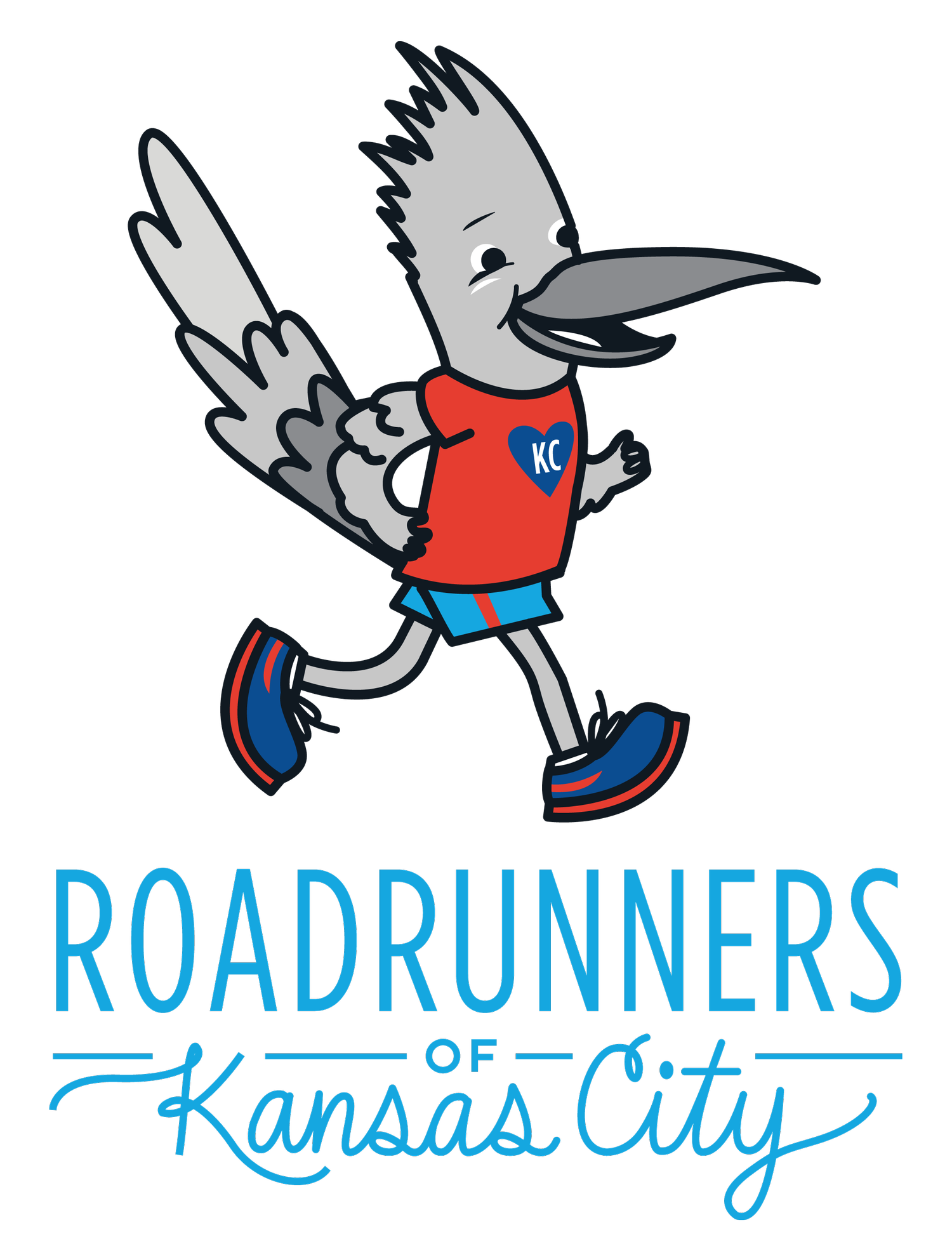The Magic of Rest Day in Training
/Athletes dread rest days. They believe they are missing out, falling behind their competition and losing strength and fitness.
They are wrong.
Believe it or not, your rest day is the most important aspect of training. On training days, the body is challenged and worked, tested and pushed. On rest days, the body takes it to the next level.
"Rest days are when the magic happens: the body makes biochemical changes at the cellular level. It adapts to the positive stress of training and improves to a better, adapted state. It recovers and reforms.” -Coach Amy
Microtrauma occurs in bone, skeletal muscles and tendons during training. This positive and normal part of training is necessary for the development of strength. It is similar to the formation of a callus on the foot of a ballerina or the hands of a rock climber. The musculoskeletal system changes and provides strength and protection just like a callus. The microtrauma causes a low level of inflammation that is typically not seen or felt. There is no observable swelling, redness or pain.
Without adequate rest days, repetitive microtrauma is left unchecked and can result in poor performance and injury. Learn more about the positive and negative impacts of inflammation in our three-part series:
Rest can entail curling up on the couch with a good book, but usually rest for the athlete is relative and active in some way. Rest is dependent on the training cycle, the sport, and the athlete.
After a marathon race, the best form of relative rest is walking.
For the triathlete in the midst of high volume and high-intensity training, a rest day may be light, restorative yoga or taking the dog for a walk.
A runner who runs 5-6 days per week needs rest from high impact and load on the heart, so a low-intensity swim, spin, pilates or yoga is a great option for reformation day.
A knowledgeable coach can help an athlete determine the best length, frequency, and type of rest.
Finding the delicate balance between load and rest is tricky business. A coach can help, but even with the best of training plans, managing the microtrauma and inflammation is challenging. Over the last few decades, athletes have relied on physical therapists to speed recovery from microtrauma with regular visits during training and tune-ups during the off-season.
Stay tuned for our series on how Neurological Dry Needling (NDN), Active Release Techniques (ART) and/or Applied Functional Science (AFS) help speed recovery and enhance performance.


